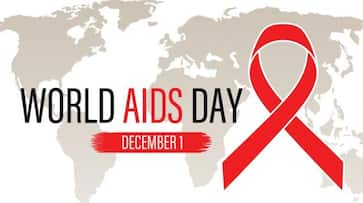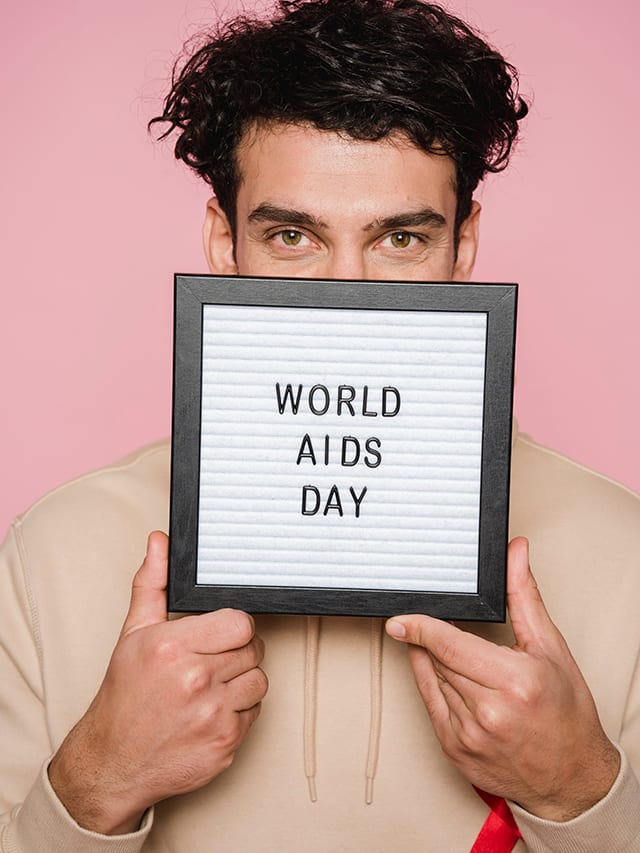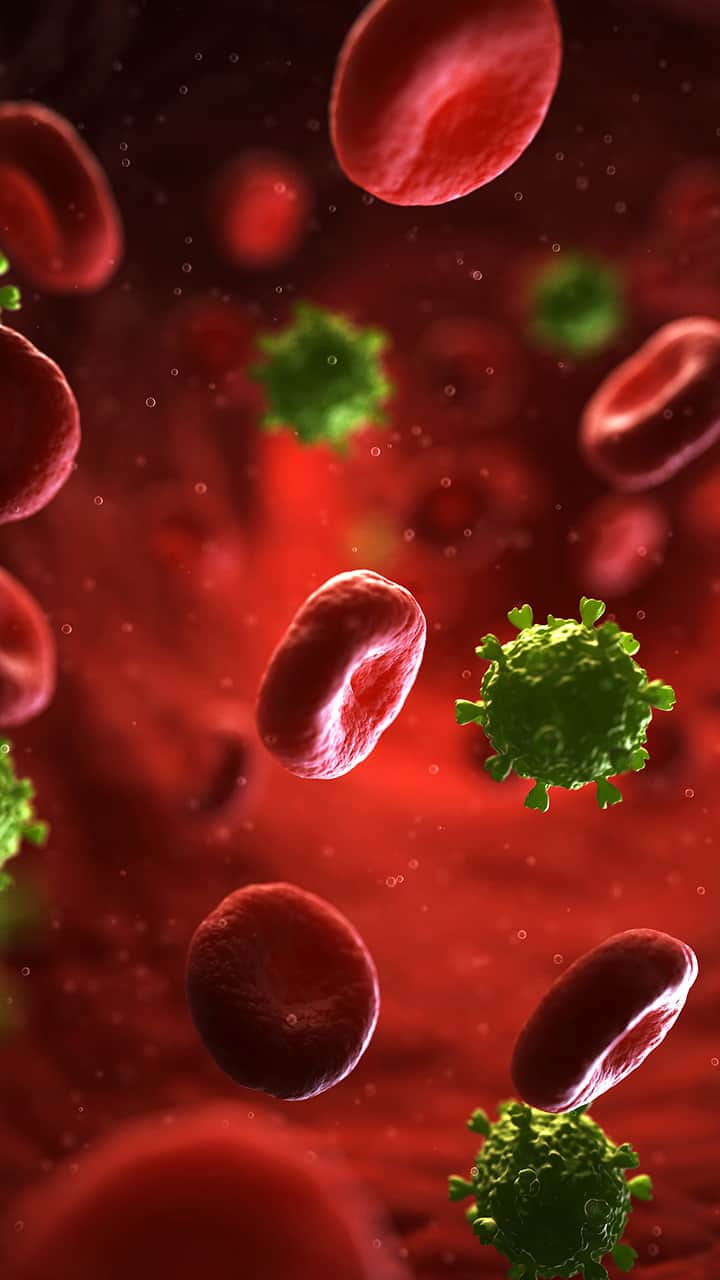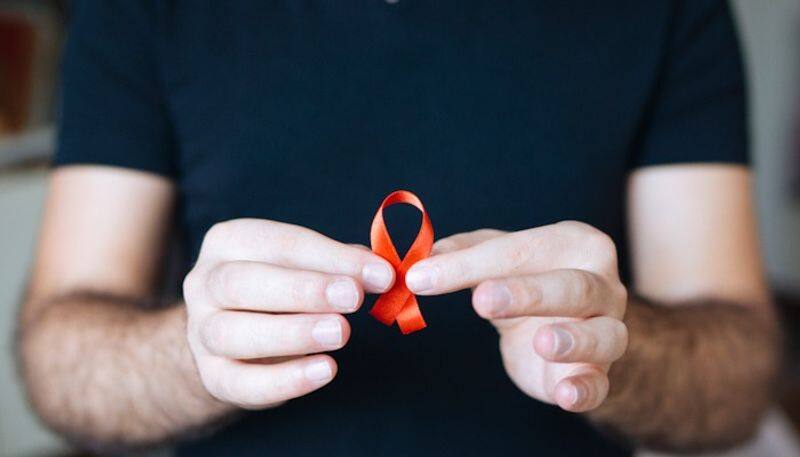World AIDS Day 2023: Know major causes, transmission, treatment and prevention of deadly disease
World Aids Day 2023: AIDS's causes, transmission, treatment, and prevention. Also, know the difference between HIV and AIDS

HIV (Human Immunodeficiency Virus) is a virus that affects the immune system, especially the CD4 cells (T cells) that aid in the immune system's battle against infections. HIV can cause AIDS (acquired immunodeficiency syndrome) if your immune system is significantly compromised. AIDS is the late stage of HIV infection defined by the occurrence of any of the more than 20 life-threatening cancers (e.g., Kaposi Sarcoma, Non-Hodgkin Lymphoma) or "opportunistic infections" (e.g., Candidiasis, Herpes Simplex Virus)--so-called because they prey on a weakened immune system.
In conclusion, HIV is the virus that causes AIDS. Early identification and appropriate medical care can improve the prognosis of HIV patients and avoid the development of AIDS.
Also Read: 6 reasons why almonds are bad for cough

Transmission, Treatment, and Prevention of AIDS
According to Dr. Upasana Bhatia, Senior Consultant Physician Clinical Lead, the following AIDS information is required:
Signs of HIV-related disease may appear within 5-10 years for those living with HIV who have not been diagnosed or are not receiving ART (antiretroviral treatment).
The average interval between HIV transmission and an AIDS diagnosis is 10-15 years, although it can be longer. There are a very tiny number of persons who have managed to control their HIV infection without the use of ART and are referred to as "elite-controllers." This is a highly unusual occurrence, and most individuals will require ART to avoid becoming unwell. Prior to the availability of antiretroviral medication (ART), AIDS was a distinguishing aspect of the HIV epidemic.
Also Read: Mood enhancer to immunity support: 7 benefits of eating peanuts in Winter

HIV is detected in certain physiological fluids of HIV-positive patients, including blood, sperm, vaginal fluids, rectal fluids, and breast milk. The most common way for HIV to spread is through unprotected sexual contact with an infected individual. Other means of transmission include needle sharing, obtaining infected blood products or organ transplants, and transmission from mother to child during delivery or nursing.
A person living with HIV who is on ART and has a "undetectable" viral load will not transfer HIV to their sexual partner/s. AIDS, unlike HIV, is not spread; it is a disorder caused by untreated or severe HIV infection.

Antiretroviral treatment (ART) is a mix of drugs that inhibit the virus, enabling the immune system to heal and preventing additional harm. ART helps people living with HIV to live long and healthy lives by keeping their immune systems strong.
HIV prevention include practising safe sex, using clean needles, and being tested on a regular basis, especially if engaged in high-risk activities. Raising HIV/AIDS awareness, eliminating stigma, and encouraging testing are all critical components of preventative initiatives.
 subscribe to Asianet Newsable WhatsApp channel by clicking here.For more reliable and latest news
subscribe to Asianet Newsable WhatsApp channel by clicking here.For more reliable and latest news subscribe to Asianet Newsable Telegram channel by clicking here.
subscribe to Asianet Newsable Telegram channel by clicking here.













